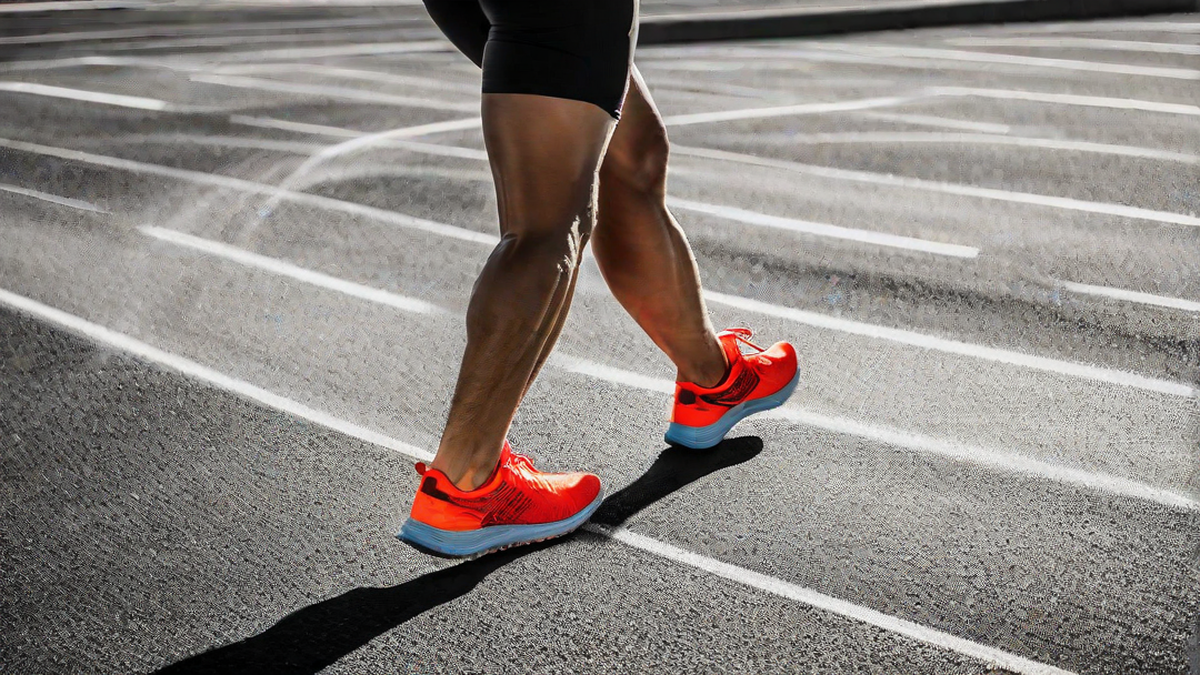When I first started jogging, I had so many questions about the proper form and technique. One of the most common questions was whether to land on the heel or the toe while jogging. It’s a topic that stirs up a lot of debate among runners, and after doing some research and experimenting with my own running style, I’ve gained some insight into this age-old question.
Heel-Strike vs. Toe-Strike
Many beginner runners tend to naturally land on their heels when jogging, while others tend to strike with their toes. The debate between heel-striking and toe-striking has been ongoing for years, with proponents of each style claiming their method is the most efficient and reduces the risk of injury.
Heel-Strike
Heel-striking involves landing on the heel of the foot first, followed by a roll onto the forefoot and toes. Some believe that this method provides better shock absorption and reduces the stress on the calf muscles. However, critics argue that it can lead to overstriding and increased impact forces, potentially causing injuries such as shin splints and stress fractures.
Toe-Strike
On the other hand, toe-striking involves landing near the front of the foot, using the toes to initiate the push-off. Advocates of this style claim that it allows for a more natural and efficient stride, reducing the impact on the body and minimizing the risk of certain injuries. However, others argue that toe-striking can put excessive strain on the calf muscles and Achilles tendon.
My Personal Experience
After experimenting with both styles, I found that the best approach for me was a mid-foot strike, which falls between the extremes of heel-striking and toe-striking. Landing on the mid-foot allowed for a smooth transition of weight from heel to toe, providing a good balance between shock absorption and propulsion. It also helped me maintain a more consistent cadence and reduced the strain on my lower legs.
Conclusion
Ultimately, the debate between heel-striking and toe-striking boils down to personal biomechanics and running efficiency. There is no one-size-fits-all answer, and it’s important for runners to find the technique that works best for their individual needs and preferences. Whether you naturally land on your heel or your toe, paying attention to proper form, gradually increasing mileage, and listening to your body are crucial for preventing injuries and improving performance.
As I continue to enjoy my jogging journey, I’ve come to appreciate that the most important factor is finding a running style that feels comfortable and allows me to enjoy the experience while staying injury-free.

